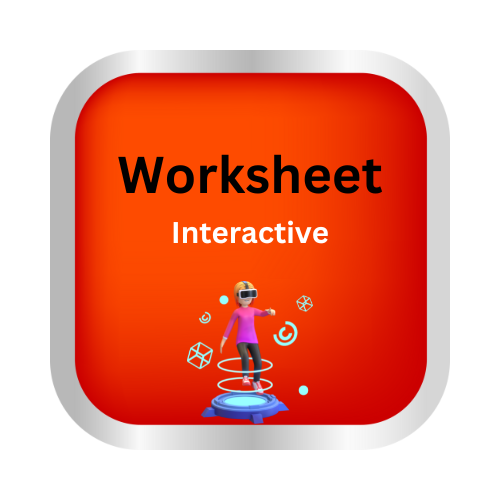Petroleum
petroleum by Delta publications
Key Notes :
Definition of Petroleum
- Petroleum is a natural resource that is found deep beneath the Earth’s surface.
- It is a fossil fuel formed from the remains of ancient marine organisms like plants and animals over millions of years.
- It is also known as crude oil.
Composition of Petroleum
- Petroleum is primarily made up of hydrocarbons (compounds made of hydrogen and carbon atoms).
- It may contain sulfur, oxygen, nitrogen, and other impurities in smaller amounts.
Extraction of Petroleum
- Petroleum is extracted through drilling wells into the Earth’s surface.
- Offshore drilling takes place in oceans, while onshore drilling occurs on land.
- After extraction, crude oil is transported to refineries for processing.
Refining Process
- Crude oil is refined through a process called distillation.
- It is heated, and different fractions (like gasoline, diesel, kerosene, and jet fuel) are separated based on their boiling points.
Uses of Petroleum
- Fuel: Petroleum is used as a fuel in cars, trucks, airplanes, and ships.
- Heating: It is used to produce heating oil for homes and industries.
- Electricity: Petroleum is also used in power plants to generate electricity.
- Raw Materials: It is used to make plastics, synthetic fabrics, fertilizers, and many other products.
Environmental Impact
- Pollution: The extraction and use of petroleum can lead to air, water, and soil pollution.
- Oil Spills: Accidental spills during transportation and drilling can cause significant harm to marine and land ecosystems.
- Greenhouse Gases: Burning petroleum products releases carbon dioxide (CO2), contributing to global warming and climate change.
Alternatives to Petroleum
- Renewable Energy: Solar, wind, and hydroelectric power are considered alternative sources of energy.
- Biofuels: These are made from plant and animal products and are a cleaner alternative to petroleum-based fuels.
Importance of Petroleum
- Petroleum plays a crucial role in the global economy as it is a major source of energy and industrial products.
- Many countries rely heavily on petroleum for transportation, heating, and manufacturing processes.
Future of Petroleum
- As global demand for energy increases, the search for alternative energy sources is becoming more important.
- Many countries are working on reducing dependence on petroleum and moving toward sustainable energy options.
Let’s practice!

